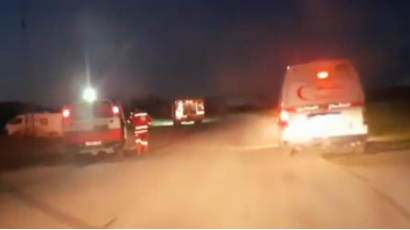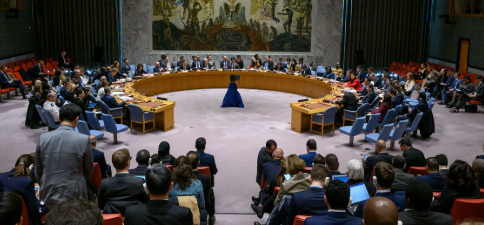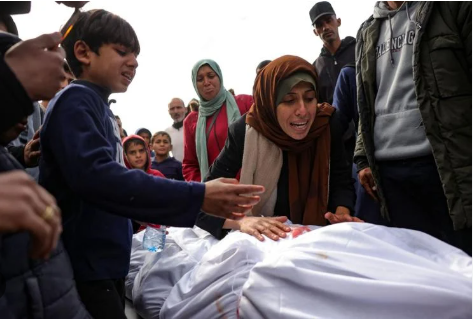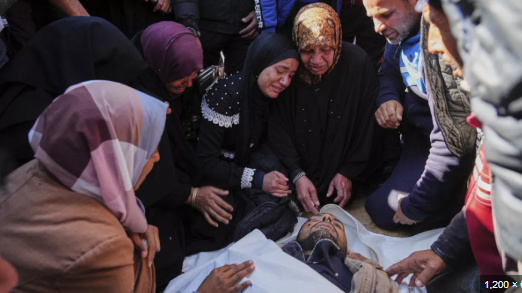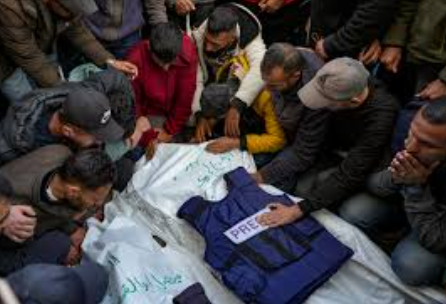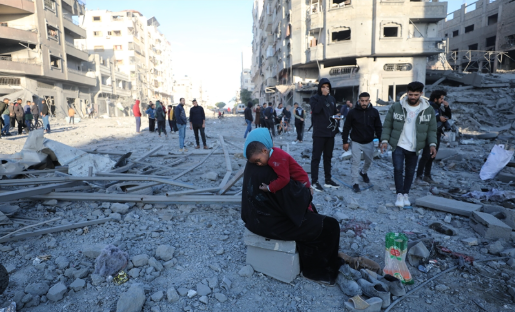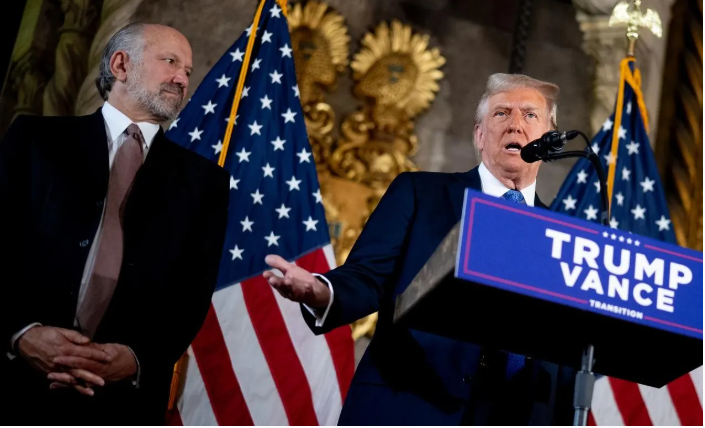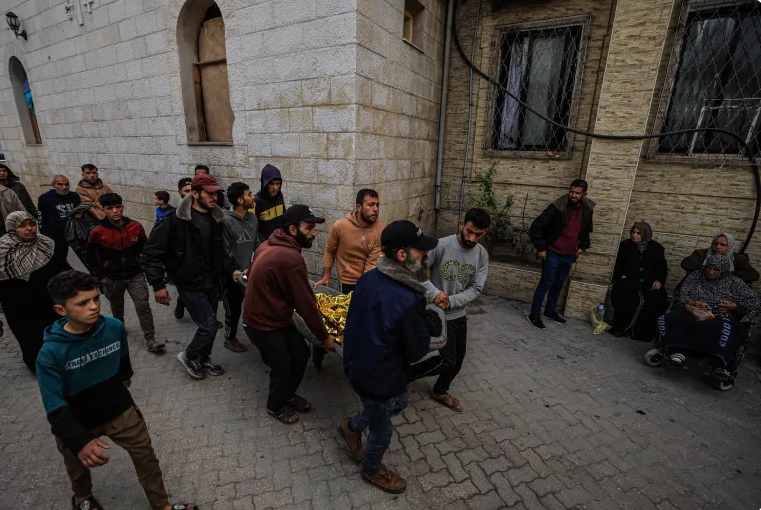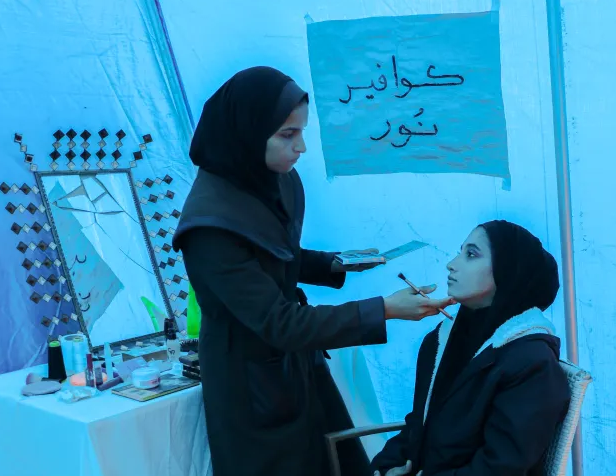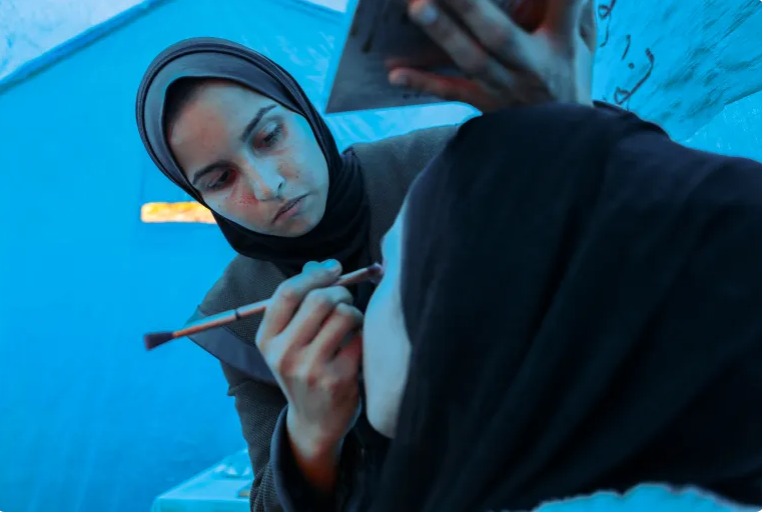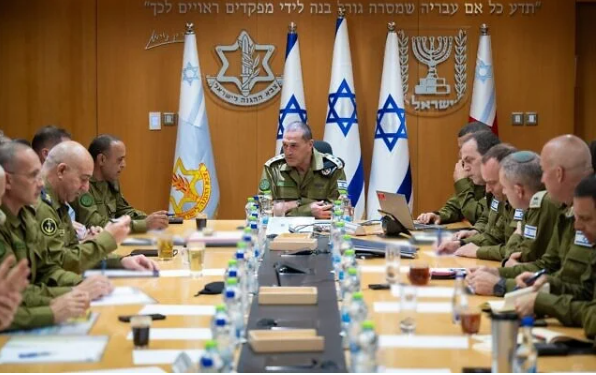Israeli forces killed 15 humanitarian workers, including the aid worker from Gaza, in an attack on March 23. According to the United Nations and the Palestine Red Crescent Society (PRCS).
The Palestine Red Crescent said that a video found on the phone of an aid worker killed in Gaza shows the final moments before the attack. The video shows ambulances with clear markings and flashing emergency lights as heavy gunfire erupts.
The aid worker was one of 15 humanitarian workers who were killed on March 23 in an attack by Israeli forces. According to the United Nations and the Palestine Red Crescent Society (PRCS).
The Israeli military said that its soldiers did not randomly shoot at ambulances. They claimed they were targeting “terrorists” who were coming toward them in “suspicious vehicles.”.
Military spokesman Lieutenant Colonel Nadav Shoshani said that soldiers opened fire on vehicles that didn’t have permission from Israeli authorities and were driving without lights.
More about the incident
However, a video shared by the Palestine Red Crescent Society (PRCS) on Saturday seems to show something different. The video shows ambulances with headlights on and emergency lights flashing.
The video is 6 minutes and 42 seconds long. Moreover someone likely recorded the video from inside a moving vehicle. In the video, a red firetruck and ambulances drive through the night while heavy gunfire echoes in the background.
The vehicles stop next to another one on the side of the road, and two men in uniform get out. Moments later, intense shooting starts.
You can hear two medics speaking in the video. One says, “the vehicle, the vehicle,” and the other replies, “It seems to be an accident.”
A few seconds later, a burst of gunfire is heard, and the screen goes black.
PRCS said they recovered the video from the phone of Rifat Radwan, one of the aid workers Israeli forces killed. Moreover this video clearly proves that the Israeli forces did randomly target ambulances, the Palestine Red Crescent Society (PRCS) said in a statement.
Furthermore “It also shows that the vehicles did have lights and emergency markings, unlike what the Israeli military claimed.”
The people killed included eight PRCS workers, six members of Gaza’s civil defence team, and one employee from the UN agency for Palestinian refugees, known as UNRWA.
Their bodies were later found buried near Rafah, in what the UN Office for the Coordination of Humanitarian Affairs (OCHA) called a mass grave.
For more detail about Gaza check link : Gaza War
